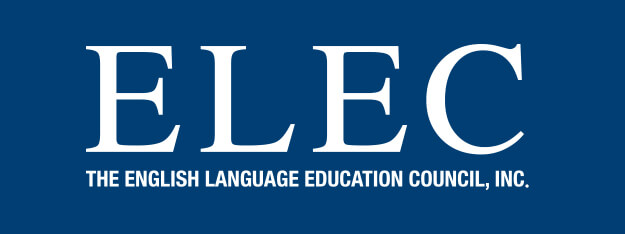
英語教育における多言語能力の重要性ー(1/2)
英語講師として複数の大学で活躍中のAndrew先生。英語教育における教員の多言語能力の重要性について解説します。
Multilingual Competency in English Teaching, by Andrew Lynch (1/2)
Teaching English as a Second Language is an activity that has at its core a pursuit of multilingual competency. This is a factor often overlooked in hiring policy and discussion at teaching institutions – the native or non-native (NS/NNS) status of the candidate is often prioritized over their history in multilingual learning. I’d like to discuss some key arguments on the topic that approach it from a different perspective – one that does not prioritize NS/NNS status.
Ellis (2016) wrote that English learning institutions in the U.K. and Australia frequently prioritize giving students opportunities to use English over developing the core skills required for language learning. This is a practice that is also common in Japan. Teachers with multilingual competencies have personal experience developing these skills and can also be held as examples of language learning success.
Phillipson (1992) described some key tenets he felt were prevalent in English language teaching worldwide. He identified five key issues:
- That English is best taught solely in the target language (the monolingual fallacy).
- That English teachers should be native speakers (the native speaker fallacy).
- That students benefit from learning at an early age (the early start fallacy).
- The more English is used in the classroom the better (the maximum exposure fallacy).
- That using other languages in the classroom impedes English learning (the subtractive fallacy).
Teachers of English in Japan will recognize many of these as commonly held beliefs in the teaching industry. Phillipson (and many others since) have argued that these beliefs are actively detrimental to the core goals of encouraging multilingual competency.
References:
1. Ellis, E. (2016). The plurilingual TESOL teacher. Boston, MA: Walter de Gruyter Inc.
2. Phillipson, R. (1992). Linguistic Imperialism. Oxford, UK: Oxford University Press.
英語教育における多言語能力の重要性 ― (1/2)
第二言語としての英語教育は、複数の言語を理解・使用できる能力の追求を核とする活動です。 しかし、教員を選ぶ際や教える側の育成においては、英語を母語とするかどうかが、他の言語を学んだ経験よりも優先される傾向があります。この点に疑問を投げかけ、英語を母語とするかどうかを優先させないという異なる視点からアプローチするこのトピックに関するいくつかの重要な議論について論じてみたいと思います。
Elizabeth Ellis(2016)は次のように述べています。イギリスやオーストラリア、そして日本の多くの英語学校では、生徒に英語を使う機会をたくさん与えることに重点を置いています。 しかし、この方法には、英語を学ぶ上で本当に必要な「基礎的な力」を育てることが後回しになってしまうという問題があります。一方で、複数の言語を操ることができる教師は、自らも様々な言語を学んだ経験から、英語学習に必要な「基礎的な力」を身につけるための効果的な方法を知っていますので、生徒にとって言語学習の成功例となることもできるでしょう。
Robert Phillipson(1992)は、世界中の英語教育の場で広く信じられている考え方に対し、5つの重要な問題点(誤謬)を指摘しました。
- モノリンガルの誤謬: 英語を教える際は、英語のみを使うべきだという考え。
- ネイティヴスピーカーの誤謬: 英語教師はネイティヴスピーカーであるべきという考え。
- 早期開始の誤謬: 幼少期から英語を学ぶ方が効果的だという考え。
- 最大露出の誤謬: 授業で英語をできるだけたくさん使うほど良いという考え。
- 減法の誤謬: 授業で他の言語を使うことは英語学習が妨げになるという考え。
日本で英語を教えている先生方なら、これらの多くが教育業界の通説であることにお気づきでしょう。しかしながら、Phillipson氏をはじめとする多くの研究者は、これらの考え方が、多様な言語を習得するという目標を達成する上で、むしろ妨げになると主張しているのです。
参考文献:
1. Elizabeth Ellis. The Plurilingual TESOL Teacher. De Gruyter Mouton出版, 2016.
2. Robert Phillipson. Linguistic Imperialism. オックスフォード大学出版局, 1992
ELEC英語講師陣 紹介ページはこちら
